
The Summit will inspire and enable attendees to achieve their goals via a multi-pronged approach.

Lynda Charters Enoch started her early “eye life” at the Schepens Eye Research Institute, Boston, which ultimately culminated in her current position as an Editor of Ophthalmology Times.

The Summit will inspire and enable attendees to achieve their goals via a multi-pronged approach.

The main finding was that the male grand round attendees were more likely to pose 1 of the first 3 questions compared with female attendees.

Apellis Pharmaceuticals, Inc. presented results from the GALE extension study at the 2023 ASRS annual meeting in Seattle. The results indicated that continuous treatment with SYFOVRE (pegcetacoplan injection) for 30 months continued to show increasing beneficial effects.

In the study, researchers found that nearly one-quarter of anti-VEGF injections were received at least 1 week later than intended.
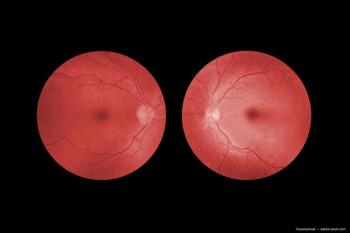
The research saw that new-onset full-thickness macular holes (FTMHs), especially those resulting from blunt ocular trauma, might close spontaneously without the need for a surgical intervention.
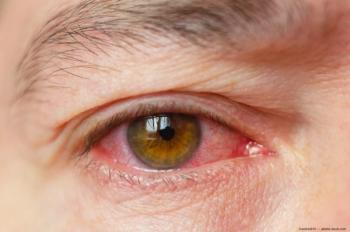
This study of patients was designed to identify unexpected adverse effects of these new pharmacologic therapies that may not have been observed or anticipated during clinical research trials. The studied drugs were biosimilars to the reference drug ranibizumab.

RGX-314, an investigational formulation being developed in collaboration with AbbVie, may be a potential one-time treatment for nAMD, diabetic retinopathy, and other chronic retinal conditions.

Lim and colleagues conducted a retrospective study to establish the normalized NBFI using OCTA and test if that index is sufficiently sensitive for detecting early DR.

Detrimental effects of IVB may not be recognized at an early age, which underscores the importance of following these children over time.

Using automated methods to determine the visual acuity showed robust performance in predicting visual impairment.

While these complications are rare, they require prompt diagnosis and management to prevent serious visual morbidity.

The 2023 41st annual meeting of the American Society of Retina Specialists (ASRS) will run from Thursday, July 27 to Tuesday, August 1 in Seattle, a city filled with sightseeing, museums, and great food to explore.
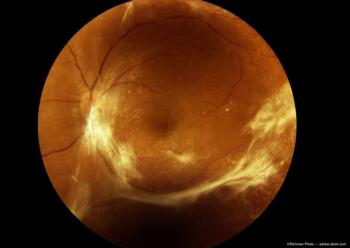
Investigators set out to evaluate how well an AI system works when integrated into a handheld smartphone-based retinal camera to screen patients for DR using 1 retinal image in each eye.

ASRS is an international, state-or-the-art event offering something for everyone: scientific papers, posters, panel discussions on controversial issues and techniques, award lectures, a Retina Case Conference, the 25th Annual Film Festival, international symposia, and subspecialty review courses.

Researchers found that better general health and ability to drive were each separately associated with significantly lower risk of death among individuals with AMD.

While these injections are the standard treatment for this patient population, the investigators found a subgroup of patients who had severe visual loss between 2 consecutive intravitreal injections.
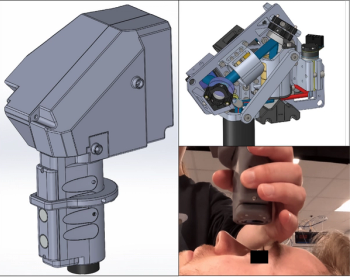
The investigators have developed a clinically robust HH-SECTR system, which has a modular aluminum probe design and micrometer-scale mechanical stability.
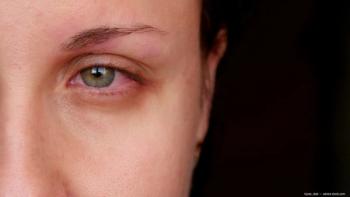
The severity and duration of gene therapy–associated uveitis correlated with increasing vector dose.
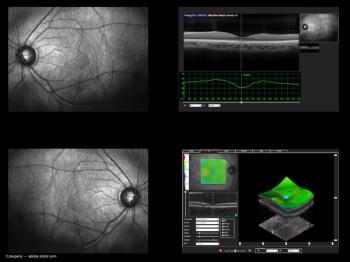
A single, consistent modality leads to better geographic atrophy tracking.

As a nonsteroid treatment, RG6179 could open new methods for controlling inflammation with fewer adverse effects.

How AI tools can drive early detection of diabetic eye conditions.

New treatment options enhance patient visual outcomes and reduce treatment burdens.

Antimicrobial resistance is resistance to multiple classes of antibiotics, which makes it extremely challenging to treat infections caused by such organisms.

Artificial intelligence (AI) is going to be highly instrumental in patient care in all medical specialties and will be highly relevant in eye care.
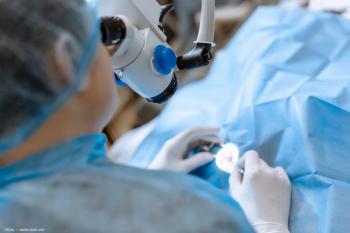
Jorge L. Alió, MD, PhD, FEBOphth, shared his pearls situations in which a patient presents with a cataract and corneal opacity at the European Society of Ophthalmology Conference, Prague.

Paracentral acute middle maculopathy can develop after excessive intake of caffeine and alcohol according to Obadah Moushmoush, MD.

Omnigen® may be an alternative treatment option for patients with a persistent corneal epithelial defect. The product provides a convenient and effective treatment that can be administered in an outpatient setting.
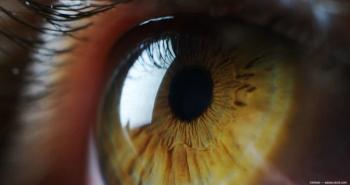
Senescent cells accumulate in areas of disease activity in DME and wet age-related macular degeneration and release mediators that drive the pathology. UBX1325 seems to prevent that disease activity.

Patients who are non-responders to anti-vascular endothelial growth factor (VEGF) therapy may benefit from intravitreal dexamethasone.

The European Society of Ophthalmology (SOE) 2023 Congress will convene from June 15 to 17 in Prague, Czech Republic.